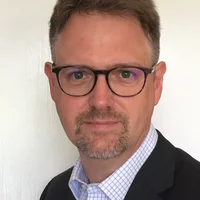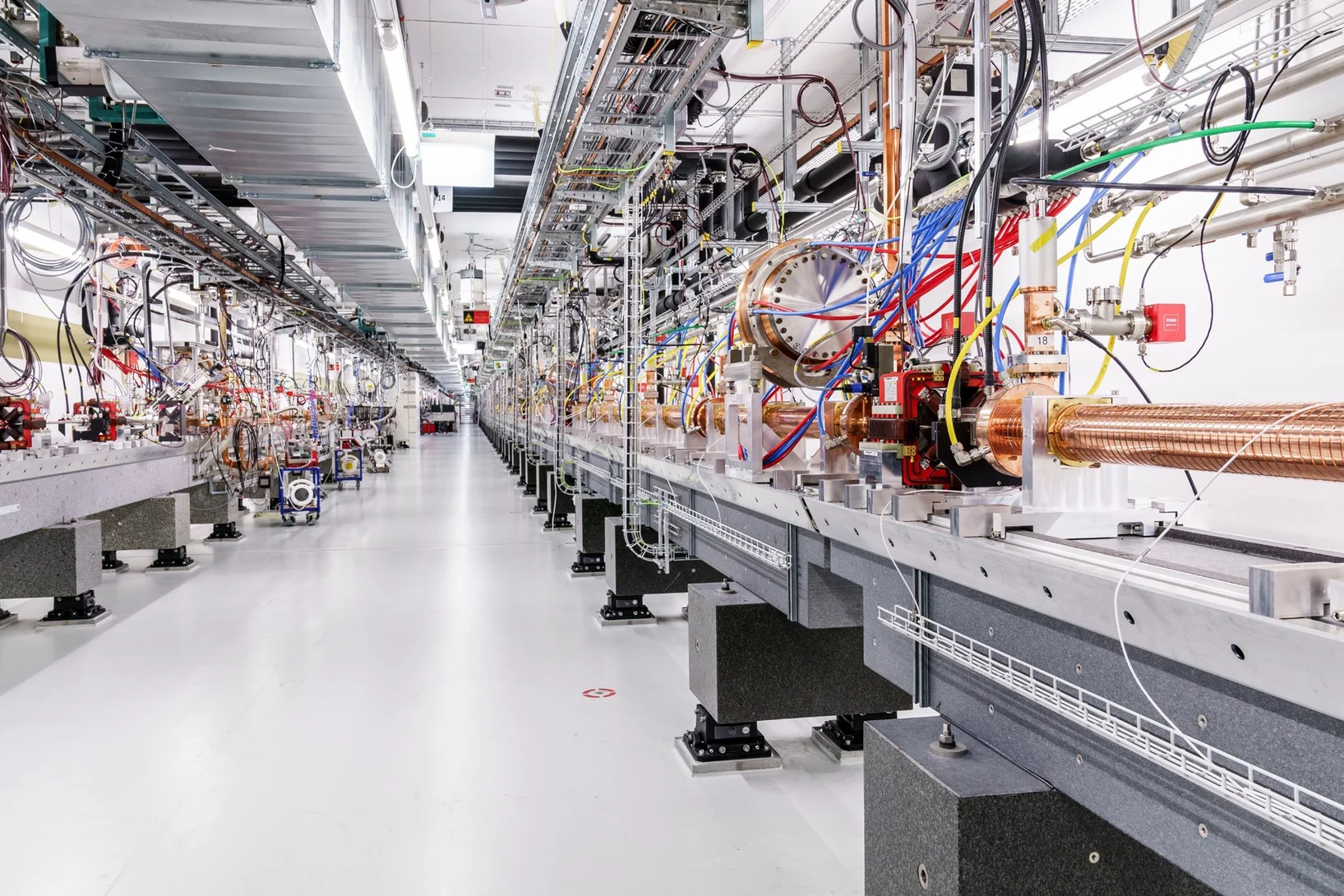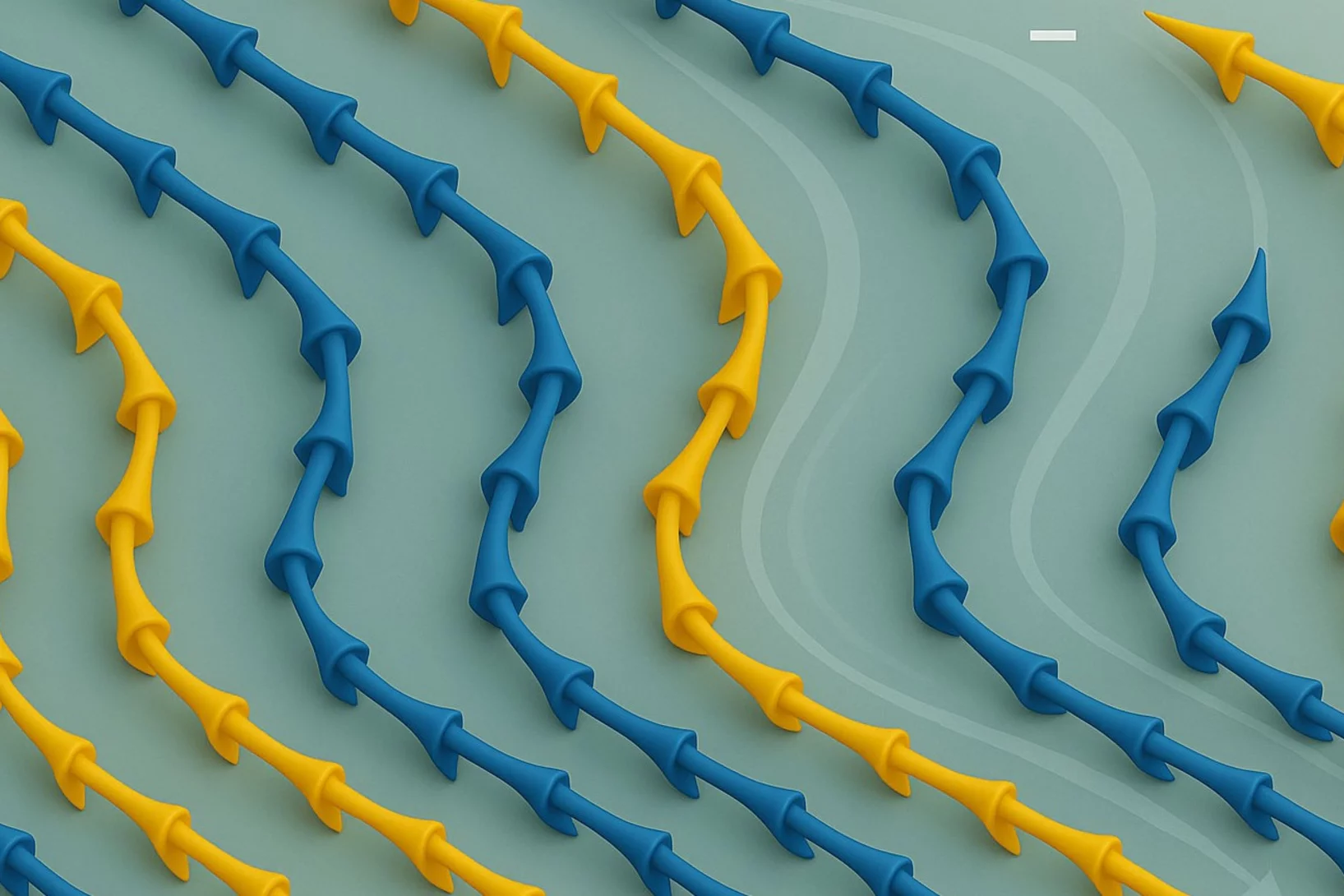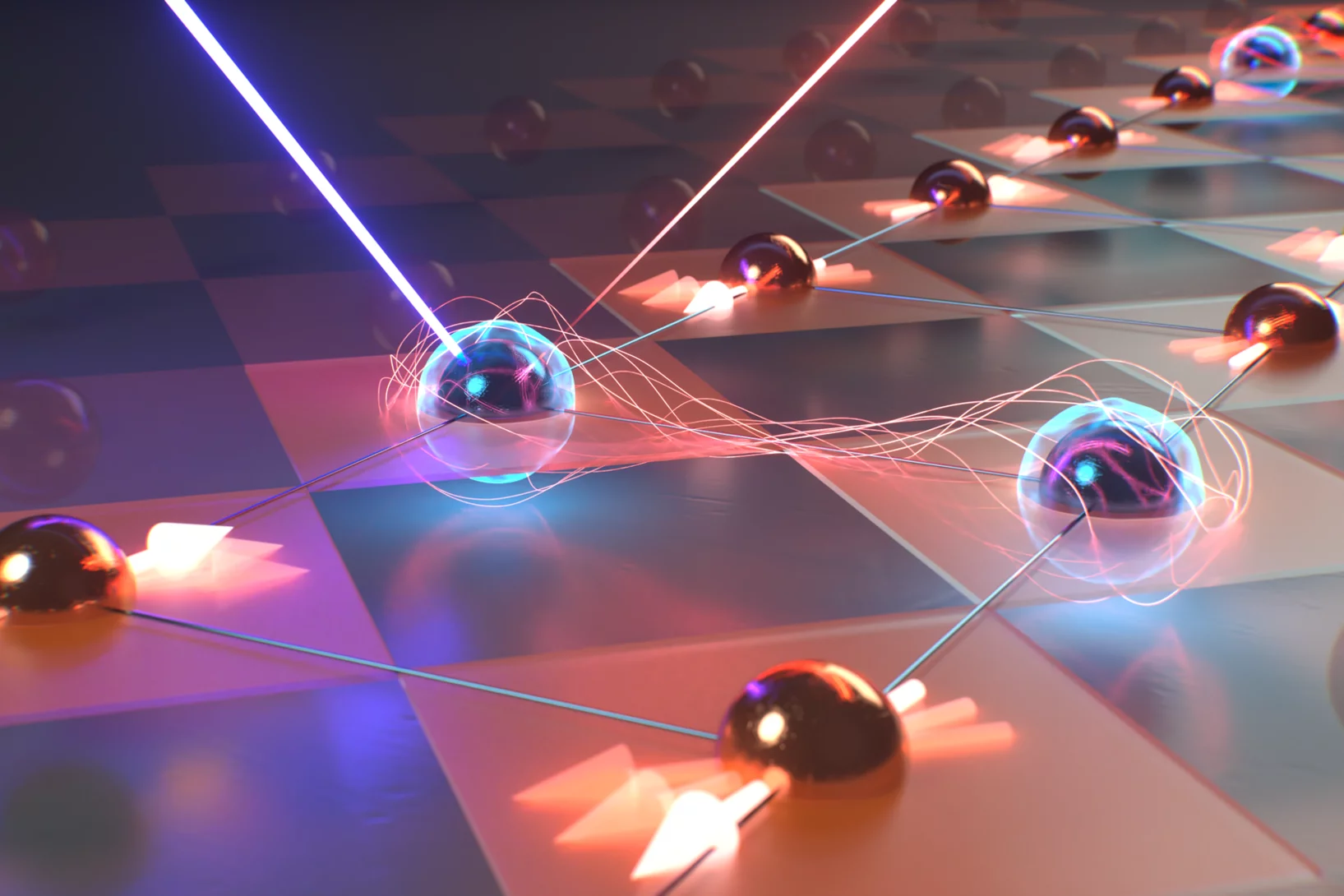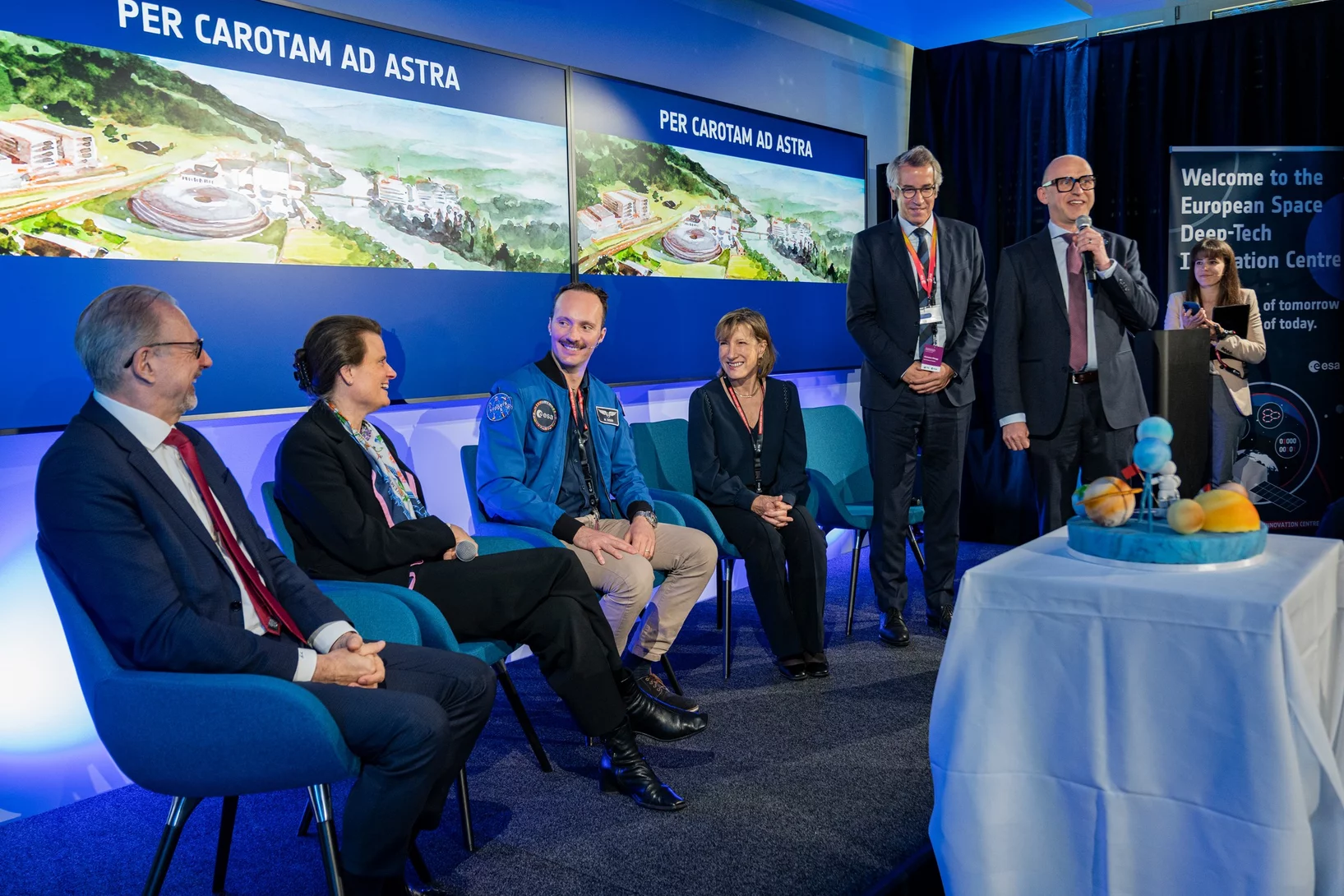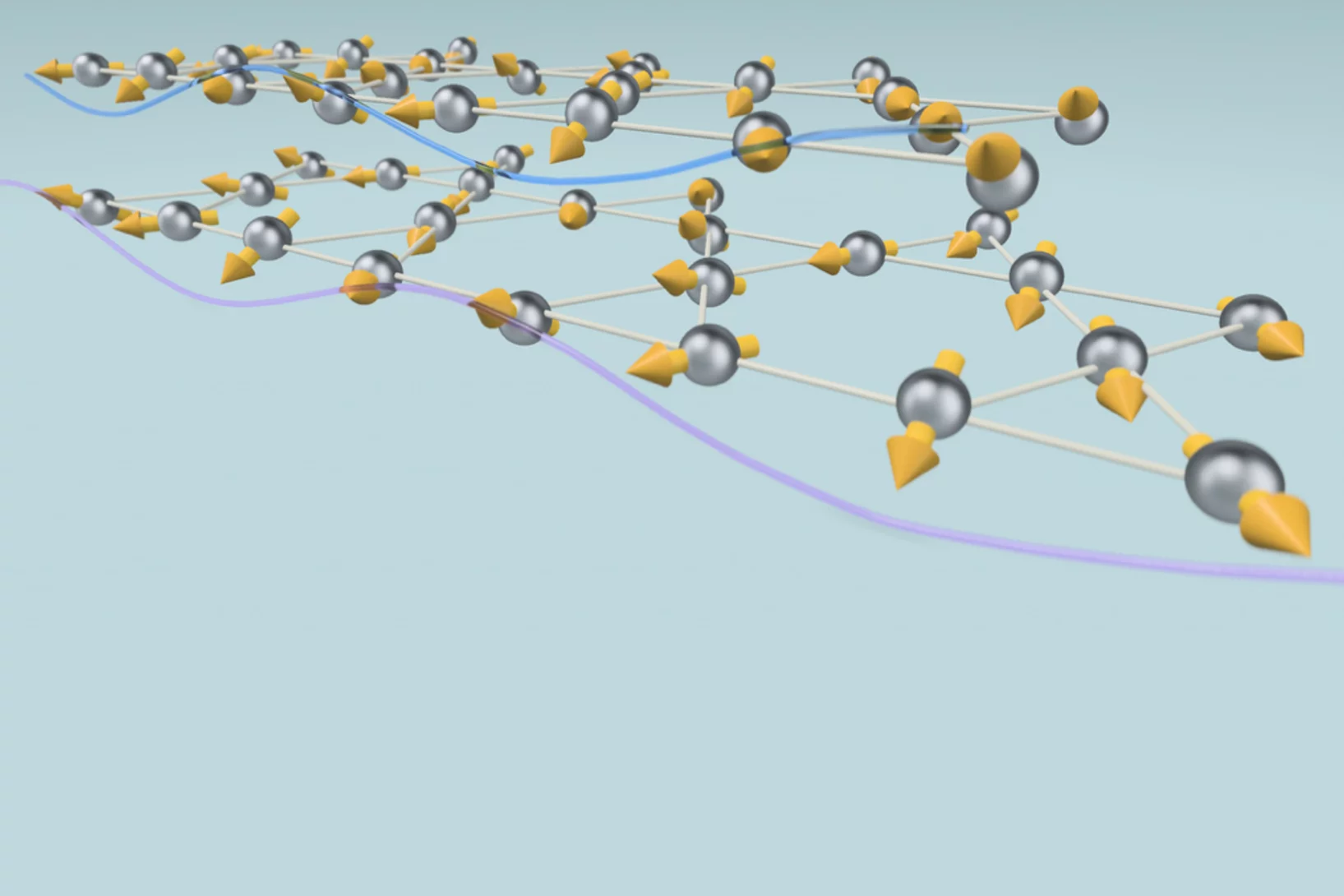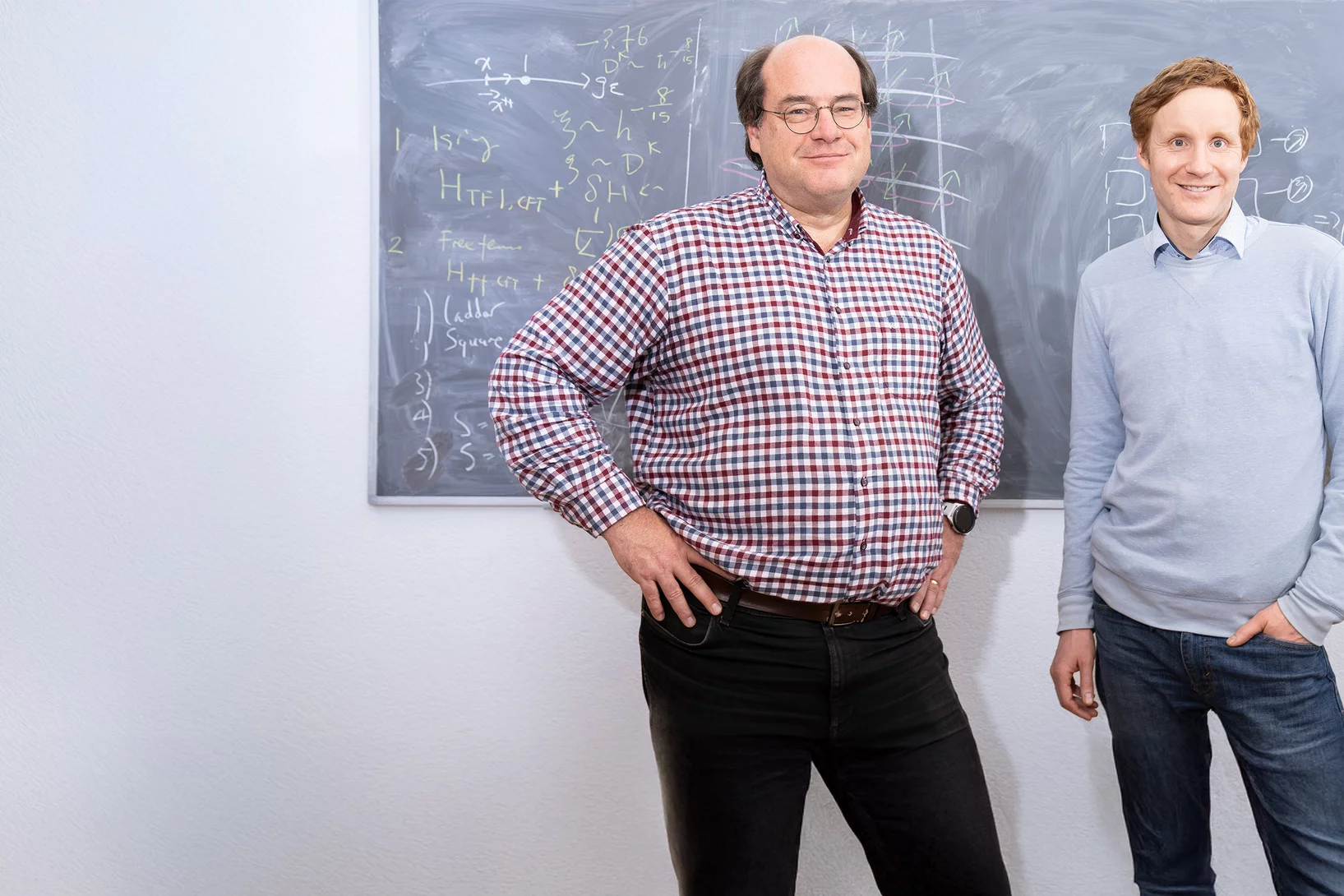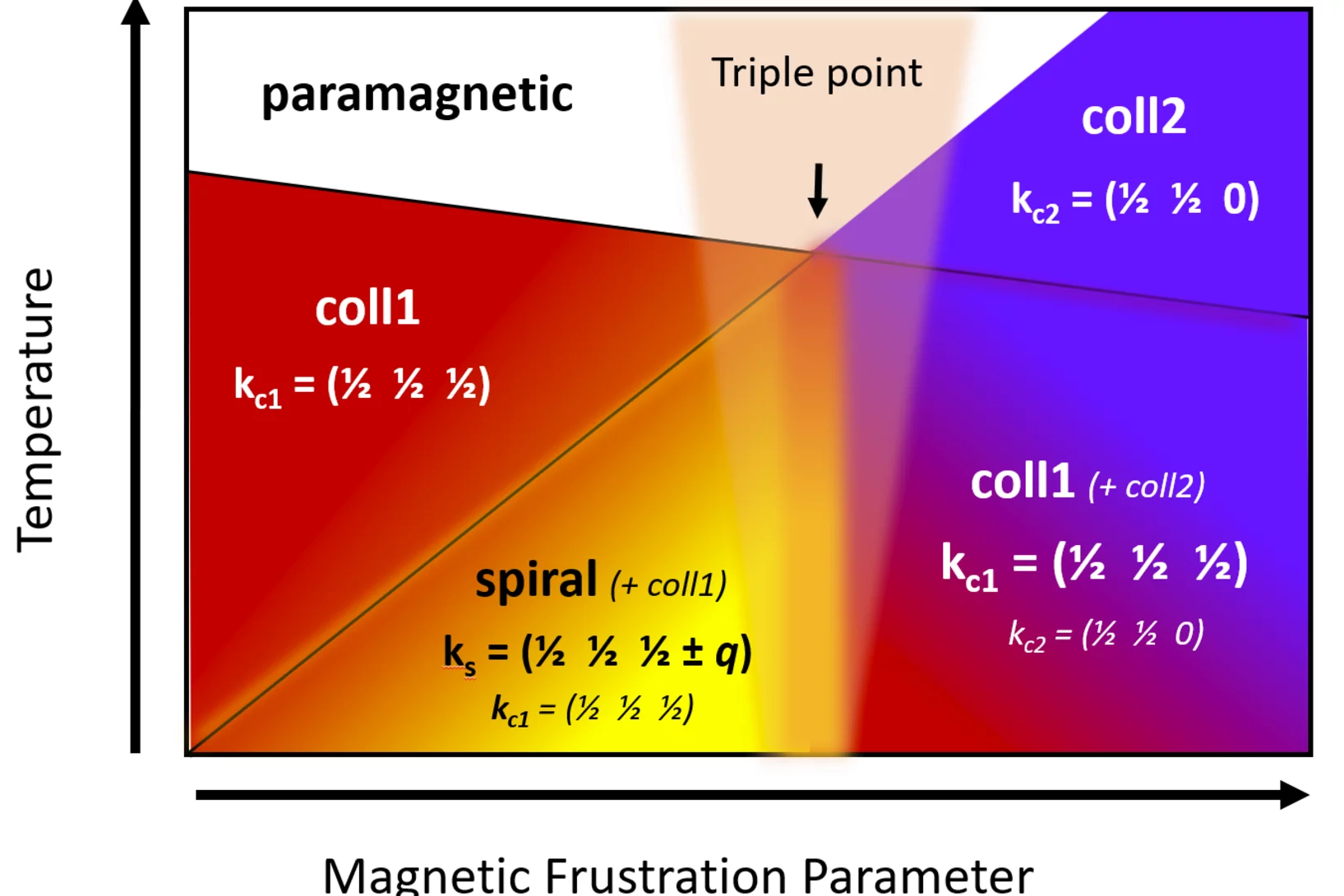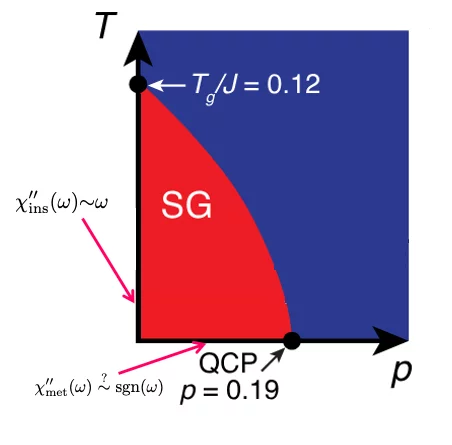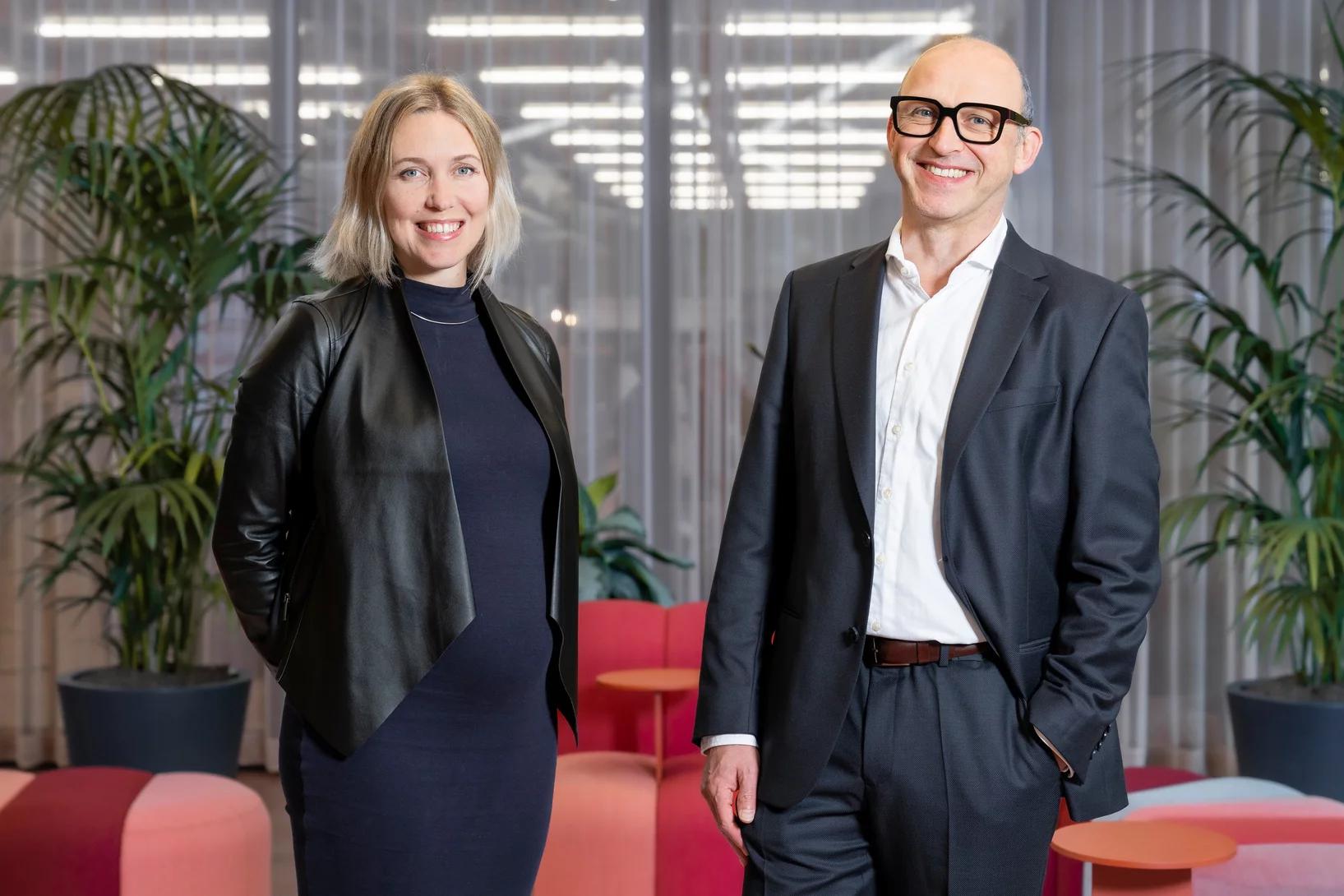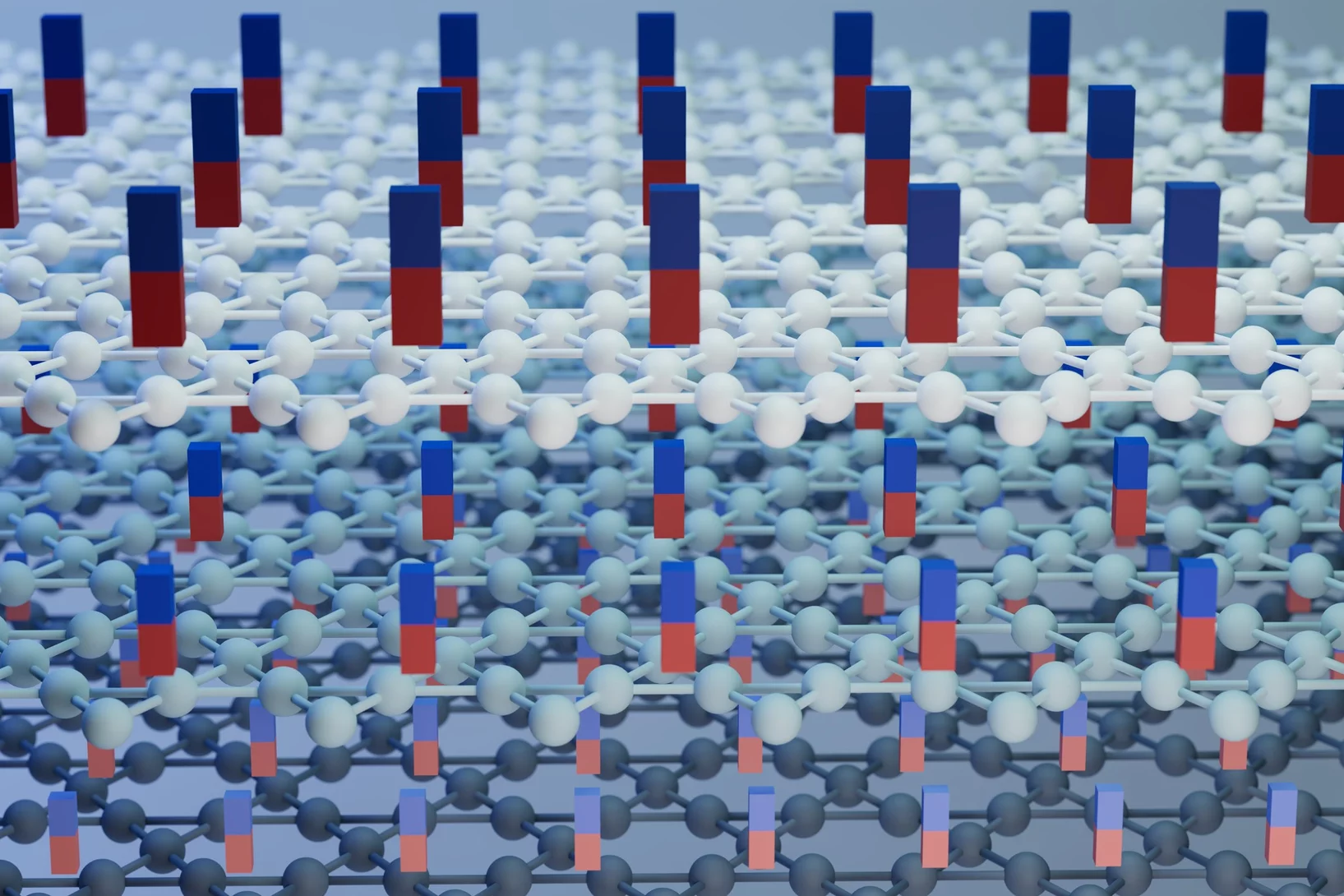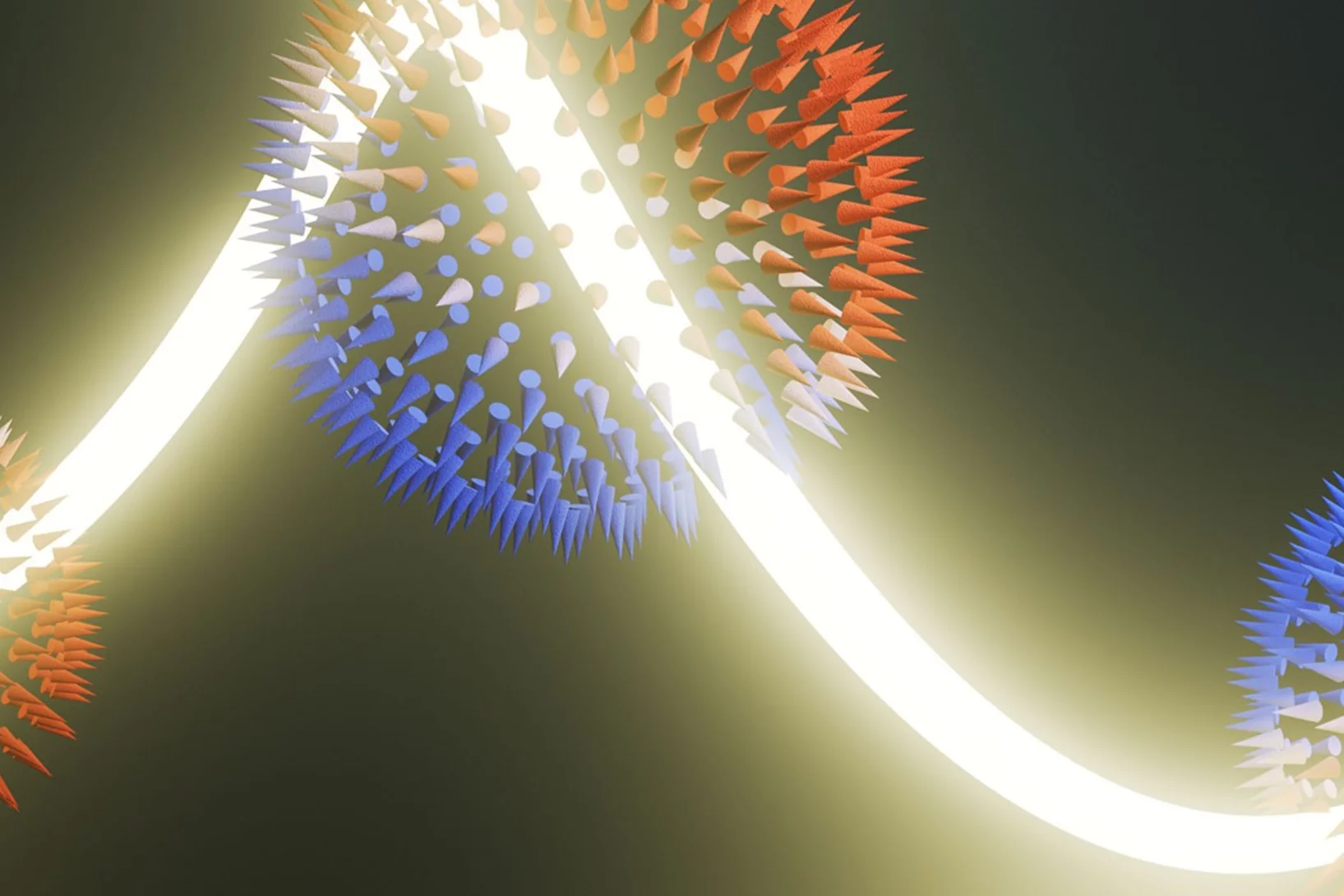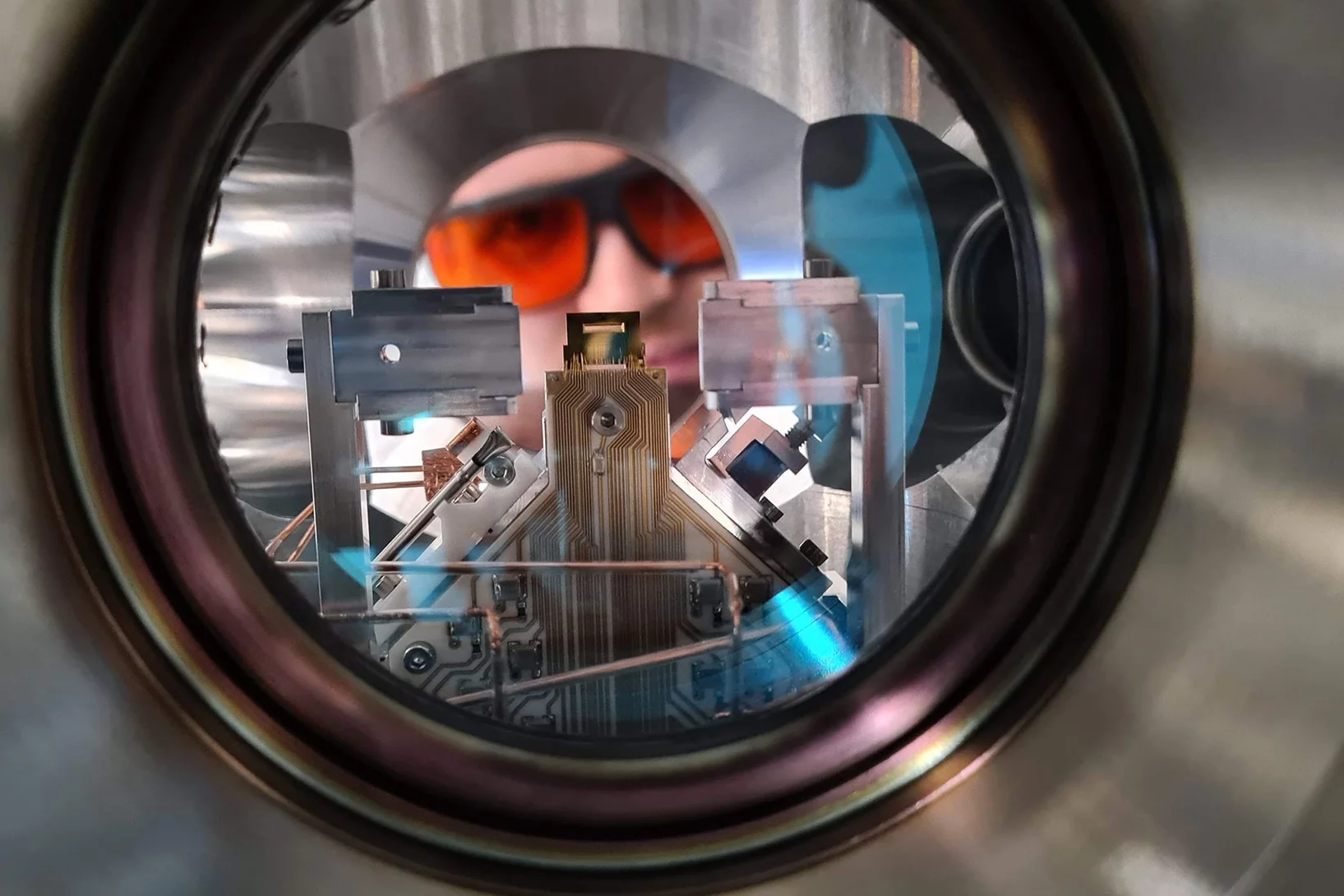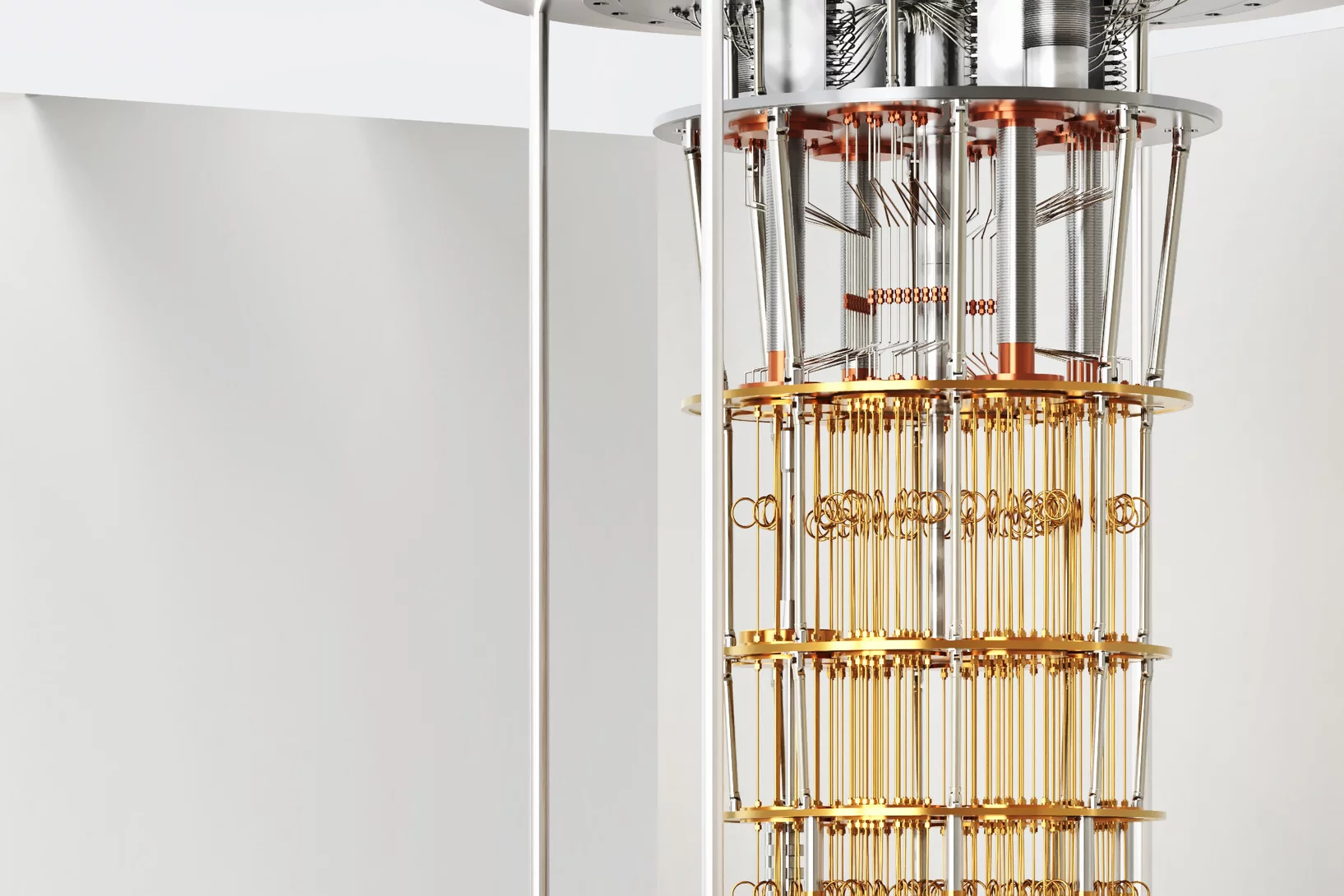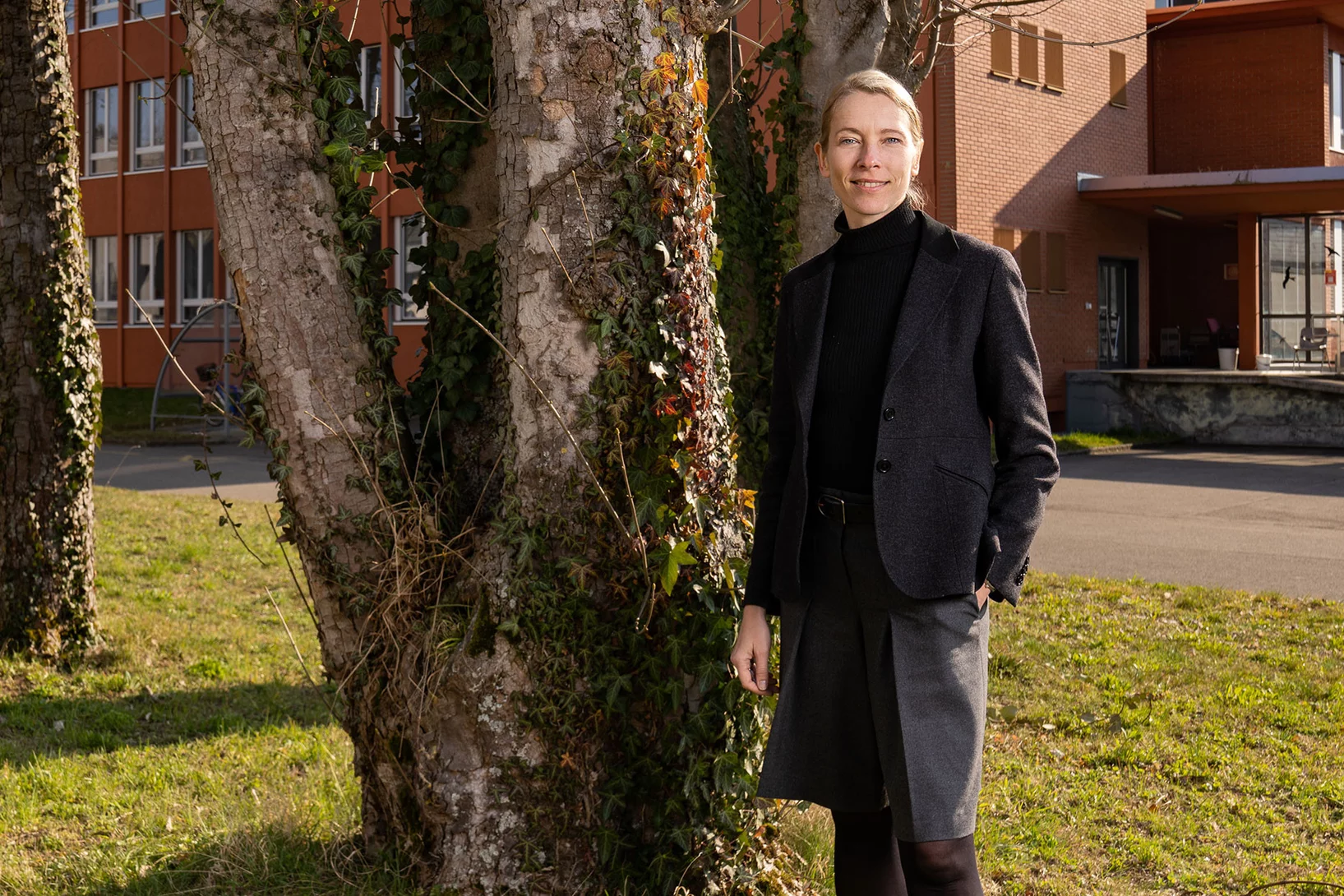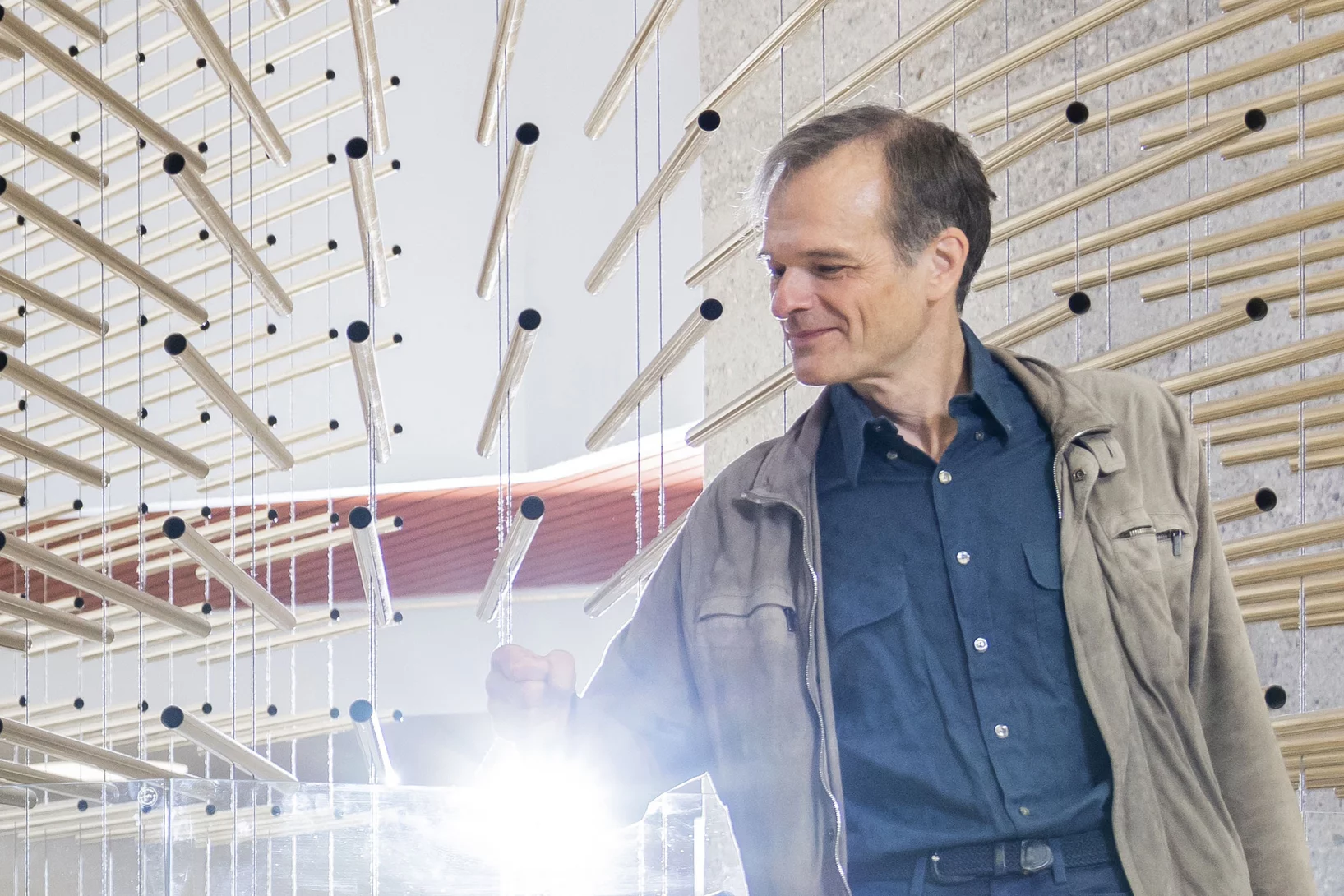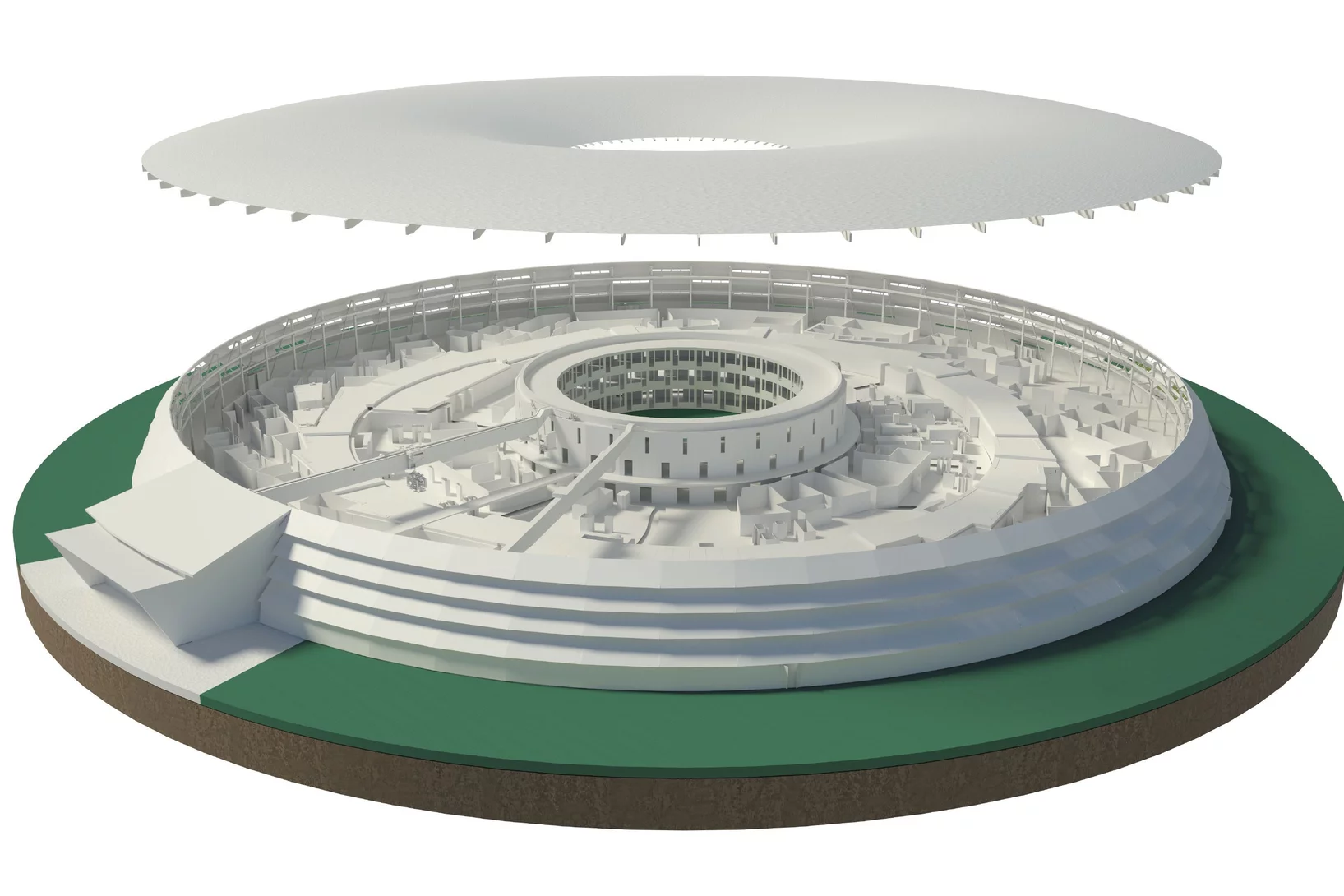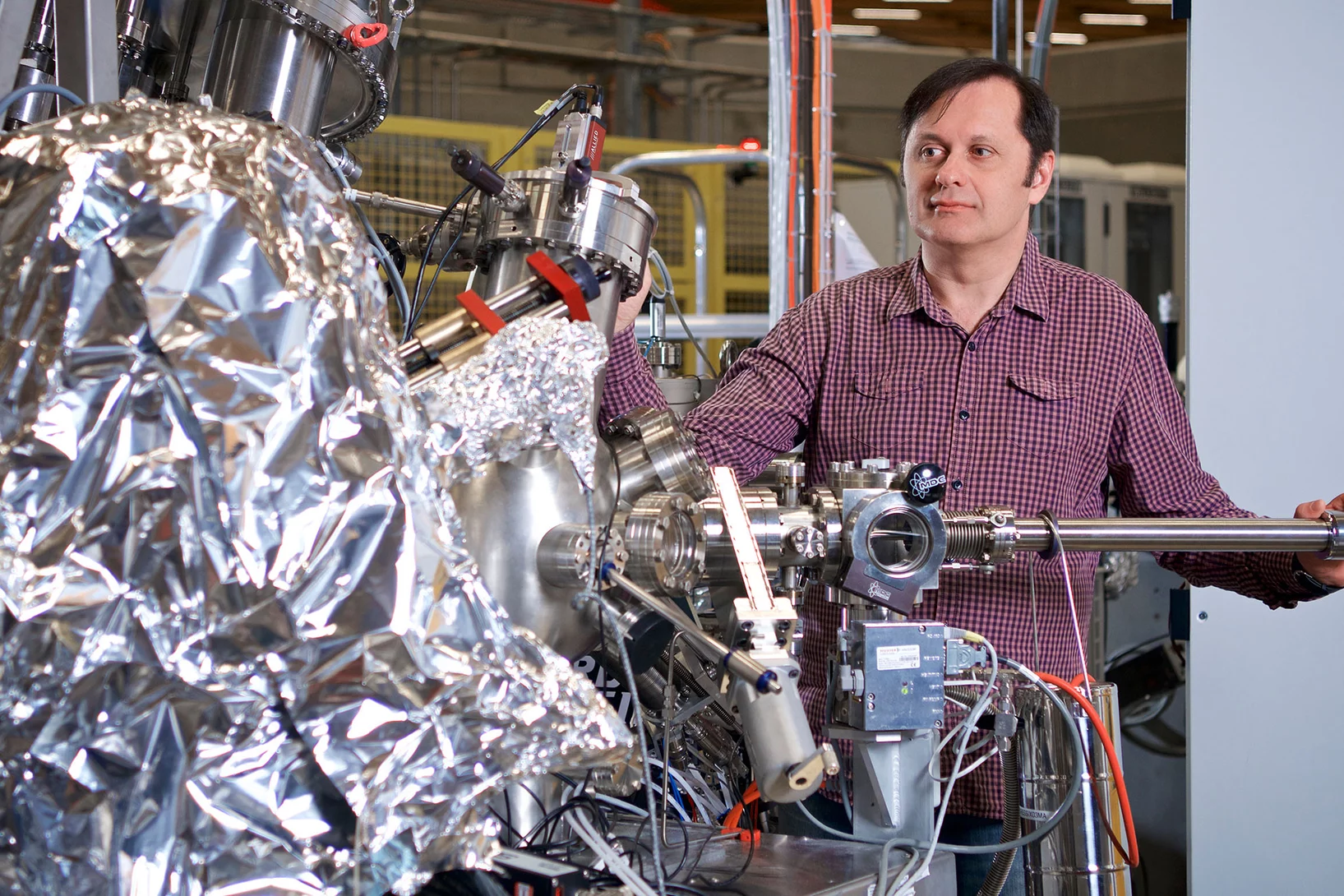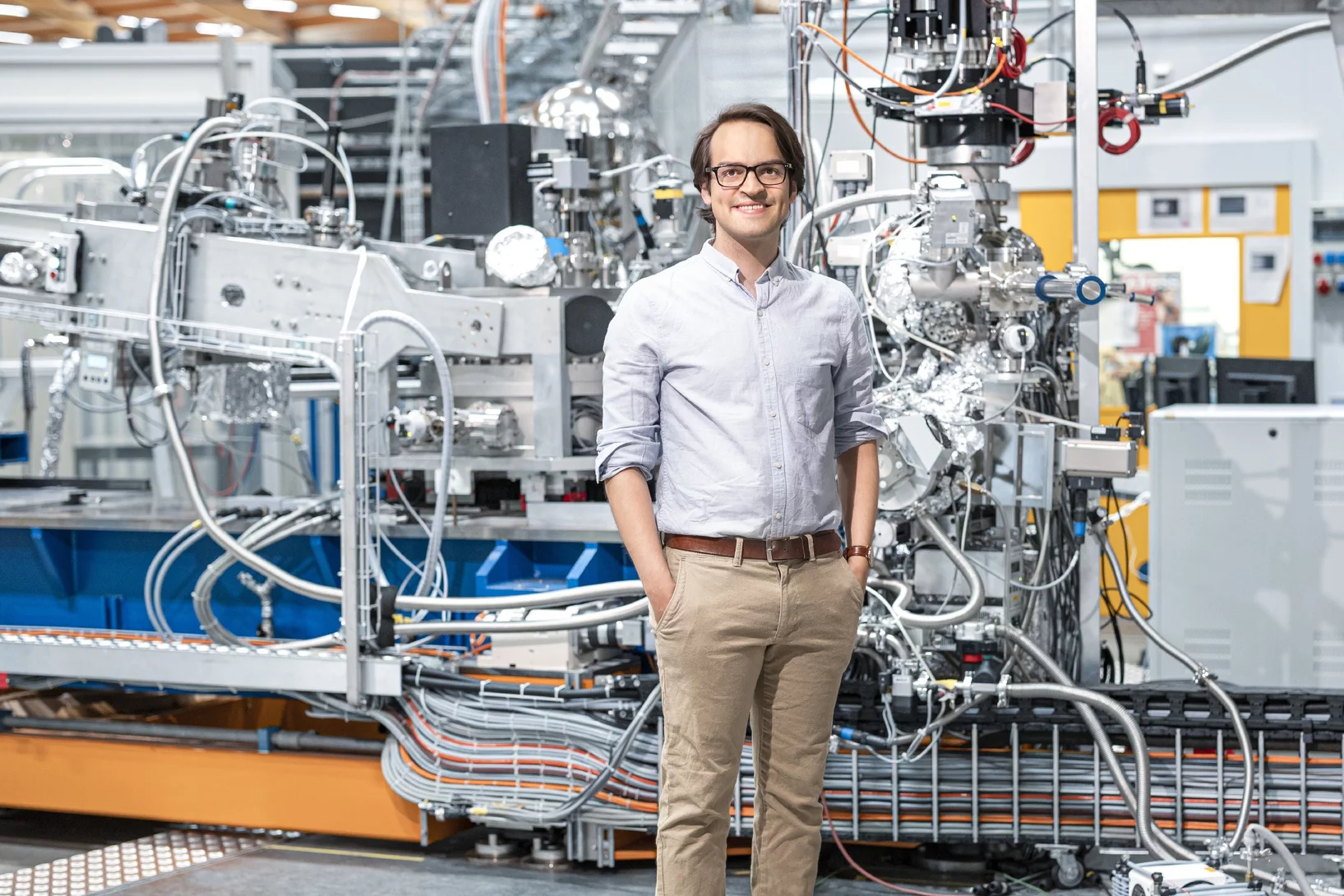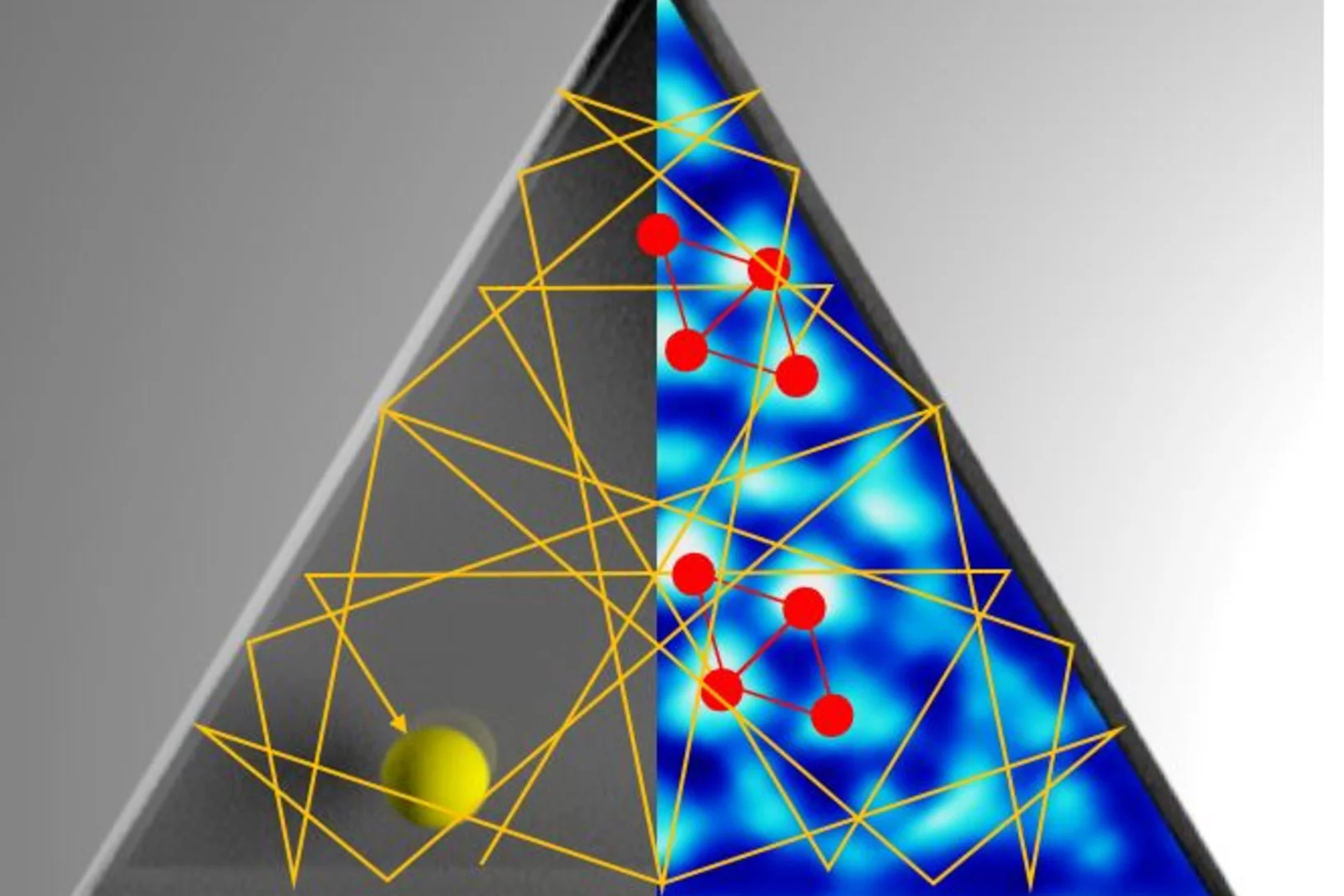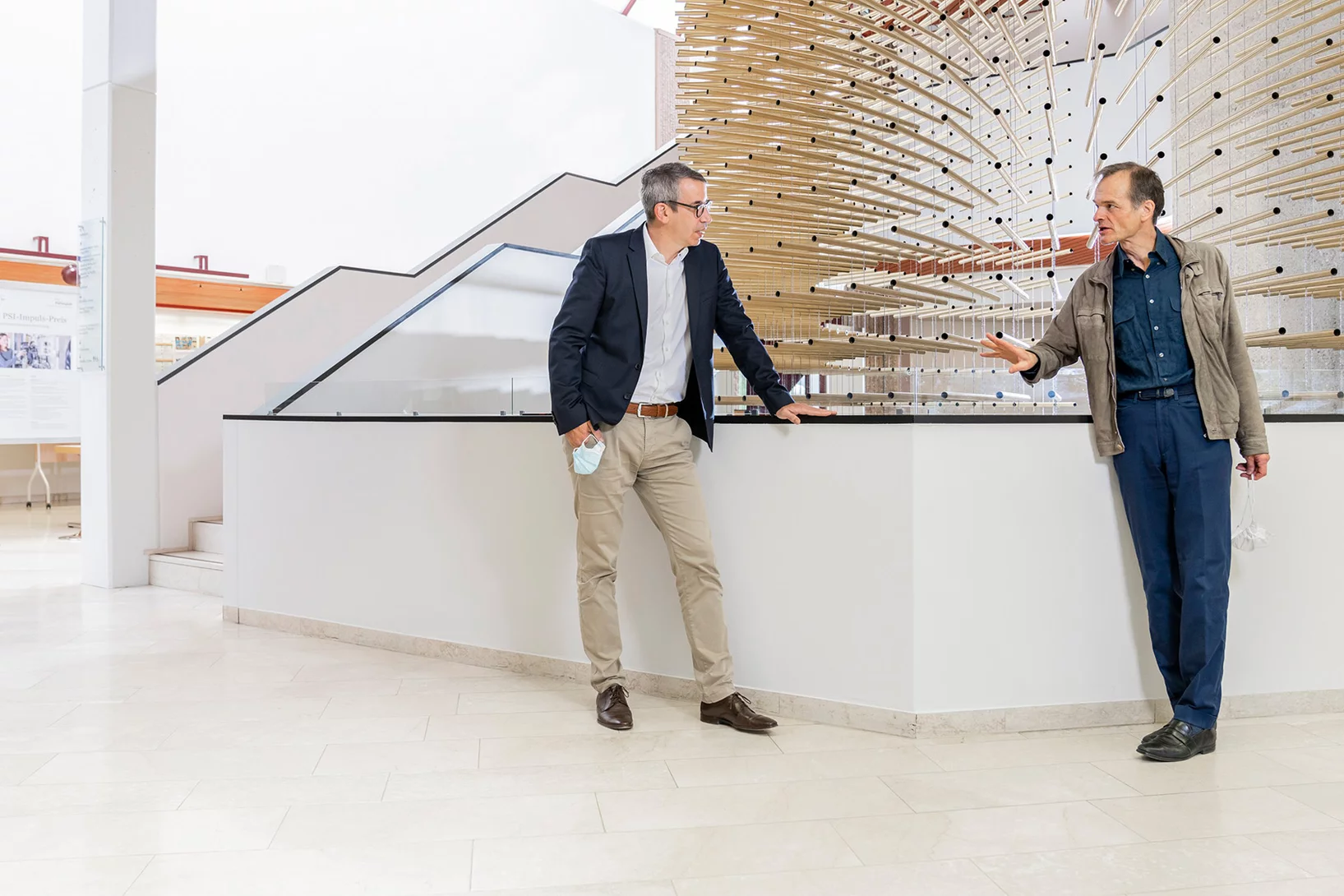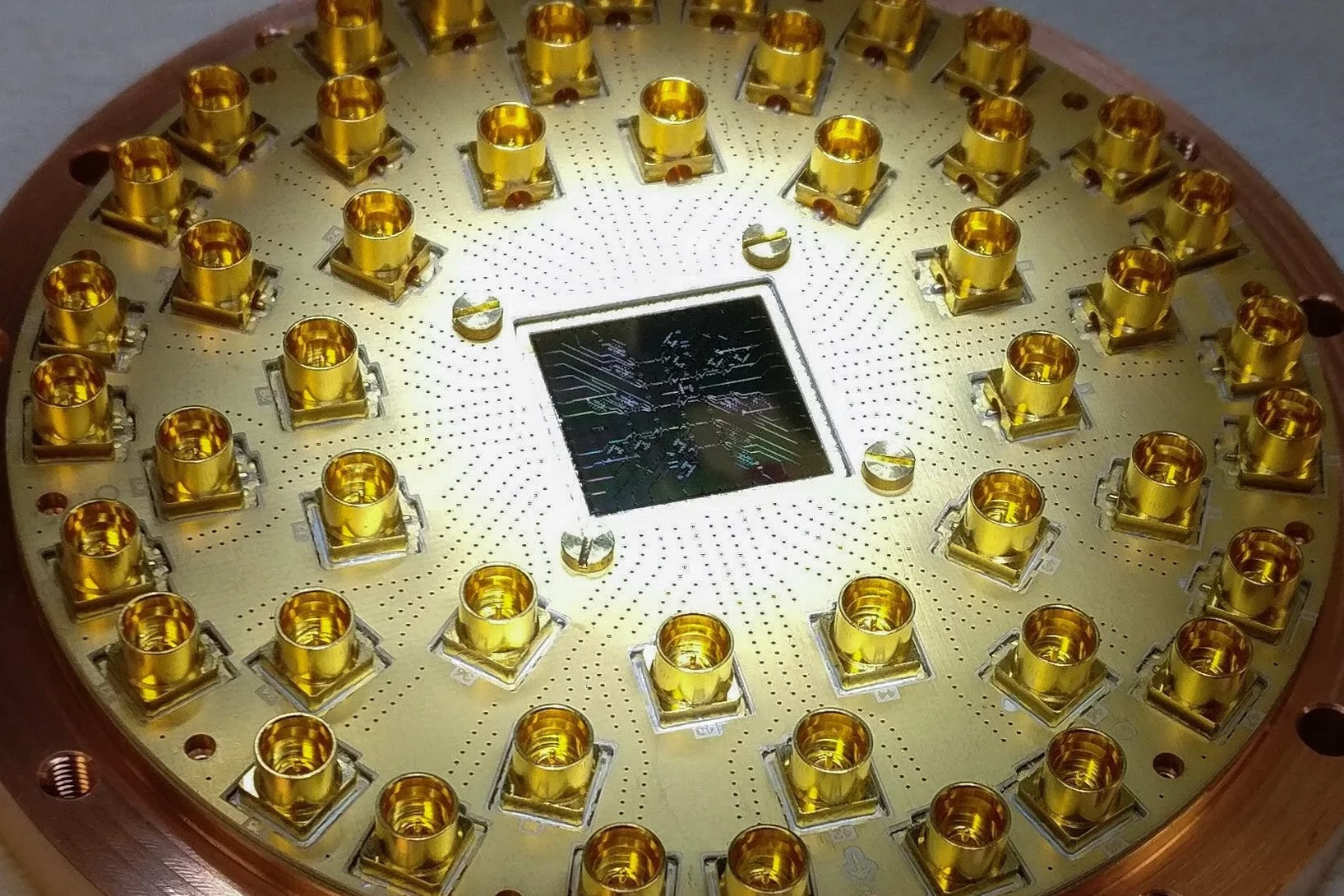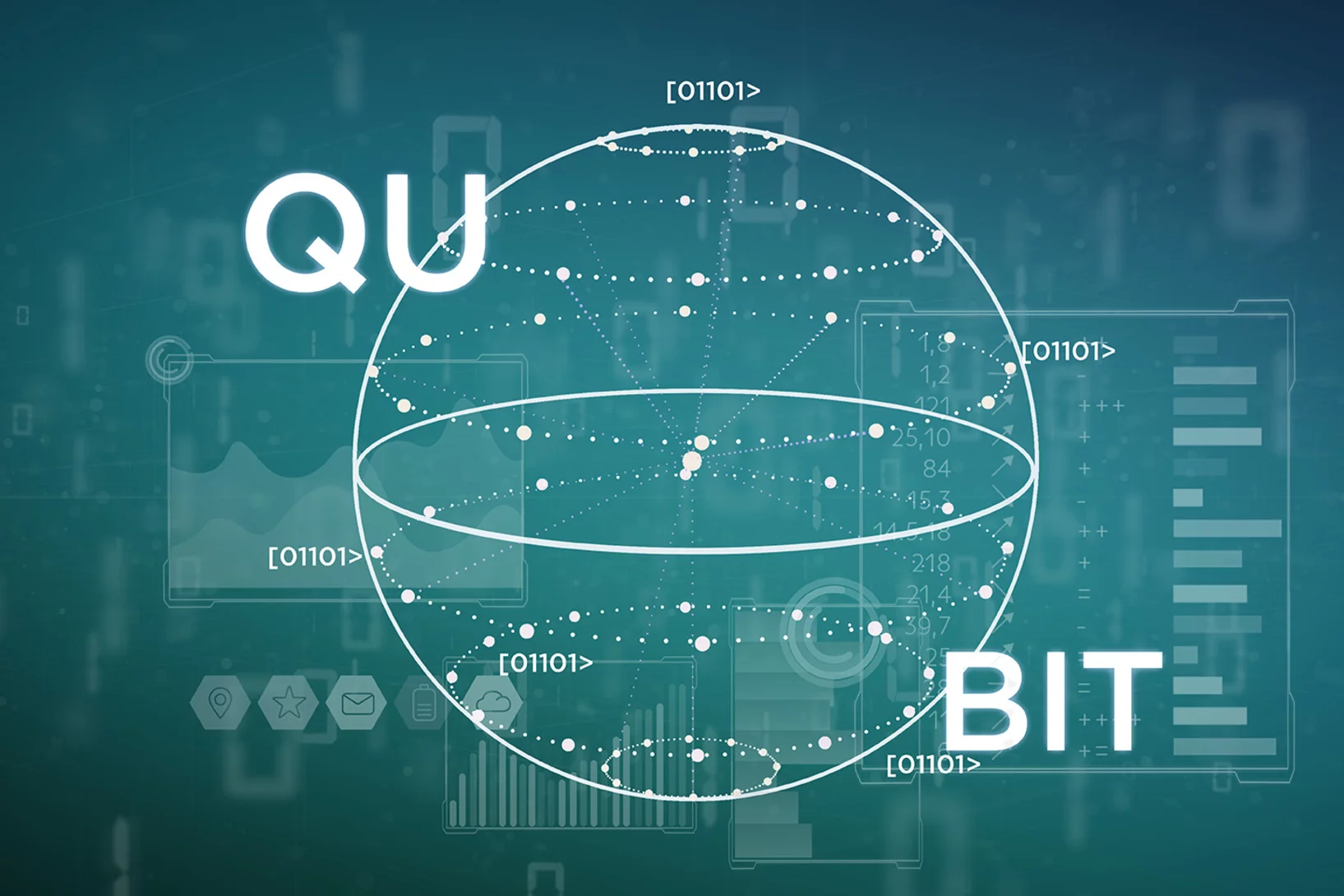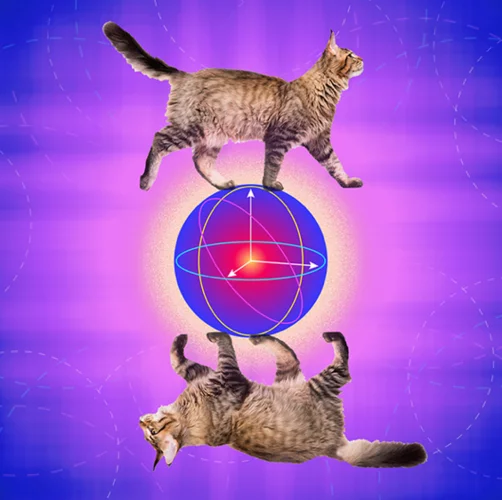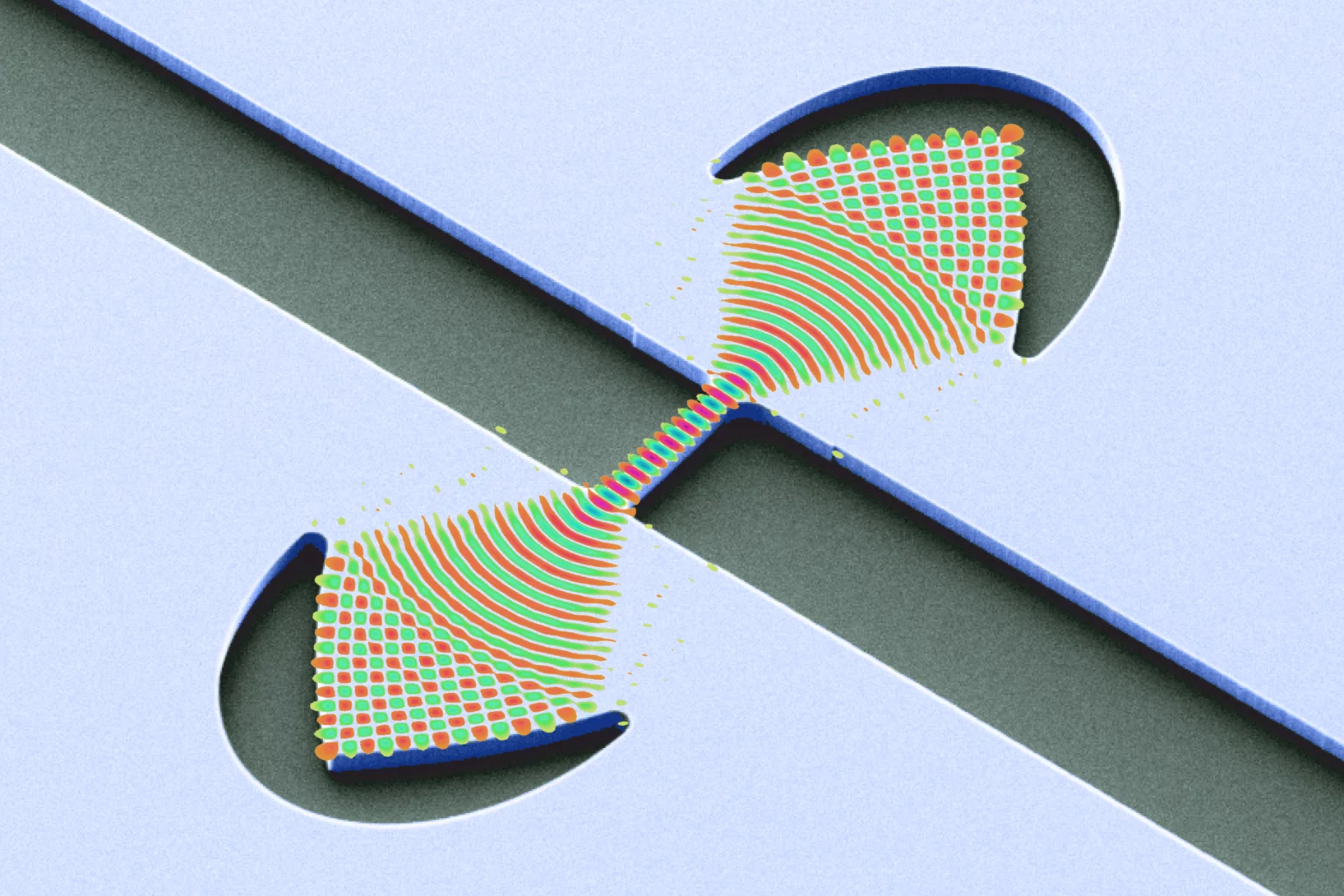Peering into matter with ultrashort X-ray ripples
An all-X-ray transient grating experiment allows scientists to study the dynamics of quantum particles at the nanoscale.
Steering magnetic textures with electric fields
Neutrons reveal a new way to control magnetism at the nanoscale
Stabilising fleeting quantum states with light
X-rays from SwissFEL probe emergent properties of quantum materials
Exzellenz-Zentrum der ESA in der Schweiz eröffnet
Die feierliche Eröffnung des «European Space Deep-Tech Innovation Centre» ESDI brachte hochkarätige Gäste zusammen.
Correcting quantum errors with neutral-atom architectures
Wenchao Xu talks about the benefits and challenges of building quantum computers from neutral atoms.
A new dimension of complexity for layered magnetic materials
X-rays reveal magnetic phenomena driven by interactions between the layers of a kagome ferromagnet
Einzigartiger Quantensimulator öffnet Tür zu neuer Forschung
Physiker des PSI und Google haben einen neuartigen digital-analogen Quantensimulator gebaut.
YBa1−𝑥Sr𝑥CuFeO5 layered perovskites: An attempt to explore the magnetic order beyond the paramagnetic-collinear-spiral triple point
Layered perovskites of general formula AA'CuFeO5 are characterized by the presence of spiral magnetic phases whose ordering temperatures 𝑇spiral can be tuned far beyond room temperature by introducing modest amounts of Cu/Fe chemical disorder in the crystal structure. This rare property makes these materials prominent candidates to host multiferroicity and magnetoelectric coupling at temperatures suitable for applications. Moreover, it has been proposed that the highest 𝑇spiral value that can be reached in this structural family ( ∼400 K) corresponds to a paramagnetic-collinear-spiral triple point with potential to show exotic physics. Since generating high amounts of Cu/Fe disorder is experimentally difficult, the phase diagram region beyond the triple point has been barely explored. To fill this gap we investigate here eleven YBa1−𝑥Sr𝑥CuFeO5 solid solutions (0≤𝑥≤1 ), where we replace Ba with Sr with the aim of enhancing the impact of the experimentally available Cu/Fe disorder. Using a combination of bulk magnetization measurements, synchrotron x-ray and neutron powder diffraction we show that the spiral state with 𝐤𝑠=(1/2,1/2,1/2±𝑞) is destabilized beyond a critical Sr content, being replaced by a fully antiferromagnetic state with ordering temperature 𝑇coll2≥𝑇spiral and propagation vector 𝐤𝑐2=(1/2,1/2,0). Interestingly, both 𝑇spiral and 𝑇coll2 increase with 𝑥 with comparable rates. This suggests a common, disorder-driven origin for both magnetic phases, consistent with theoretical predictions.
Exact solution of the classical and quantum Heisenberg mean field spin glasses
We solve and elucidate the physics of quantum Heisenberg spins glasses, which governs the local moments in randomly doped, strongly correlated materials.
New benchmark helps solve the hardest quantum problems
Quantum many-body problems involve the highly complicated process of predicting the behaviour of many interacting quantum particles. A newly developed benchmark helps to solve these problems.
Die ESA kommt in die Schweiz
Eine Vertragsunterzeichnung zwischen der Europäischen Weltraumorganisation ESA und dem PSI markiert den Start des «European Space Deep-Tech Innovation Centre» ESDI.
Kagome breaks the rules at record breaking temperatures
Discovery of quantum phenomenon at accessible temperatures could be useful for quantum technologies.
Orbitronics: new material property advances energy-efficient tech
Discovery of orbital angular momentum monopoles boosts the emerging field of orbitronics, an energy-efficient alternative to electronics.
Solid-state qubits: Forget about being clean, embrace mess
So says new recipe for dense arrays of qubits with long lifetimes.
Zwei Projekte zur Verknüpfung fehlerkorrigierter Qubits lanciert
Die amerikanische Forschungsförderungsagentur IARPA finanziert zwei Quantum-Computing-Projekte, an denen Forschende der ETH Zürich und des PSI beteiligt sind.
Quantencomputer bereits heute nutzen
Analoge Quantencomputer ermöglichen die Beobachtung ultraschneller chemischer Reaktionen
Lösung für das Unlösbare
PSI und ETH Zürich haben den Quantum-Computing-Hub gegründet. Spitzenforschende arbeiten dort gemeinsam an Konzepten für Quantencomputer.
«Wenn man in einer gewissen Position ist, sollte man sich nicht verstecken»
Kirsten Moselund leitet das neue Labor für Nano- und Quantentechnologien. Im Interview spricht sie über die Quantenforschung am PSI und wie die Nanophotonik dabei helfen kann.
Mit Topologie zu kompakteren Quantencomputern
Auf dem Weg zu besonders stabilen Quantenbits haben Forschende die Elektronenverteilung in zwei Halbleitern genau untersucht.
Millionenförderung für Hirn- und Quantenforschung
Der Europäische Forschungsrat bewilligt PSI-Projekte zur Entwicklung eines Quantencomputers und zur Hirnforschung in Höhe von 5 Millionen Euro.
Halbleiter erreichen die Quantenwelt
Mit einem Supraleiter aufgemotzt: Die Halbleitertechnologie könnte eine neue Wendung erhalten, indem Quanteneffekte in Supraleitern ausgenutzt werden.
Das Praktische im Aussergewöhnlichen
Niels Schröter erhält einen Preis der Schweizerischen Physikalischen Gesellschaft SPG.
Quantum billiards with correlated electrons
Our collaborators at the Jozef Stefan Institute – the leading author, Jan Ravnik, is now a PSI Fellow at LMN – report a study of the electron ordering in equilateral triangle structures via photoexcitation of the prototypical dichalcogenide 1T-TaS2.
«Ziel ist ein experimenteller Quantencomputer im Kanton Aargau»
Die ETH Zürich und das PSI eröffnen gemeinsam einen «Quantum Computing Hub». Ein Interview mit Gabriel Aeppli und Christian Rüegg über das neue Forschungszentrum.
ETH Zürich und PSI gründen Quantum Computing Hub
Die ETH Zürich und das Paul Scherrer Institut PSI eröffnen ein gemeinsames Zentrum zur Entwicklung von Quantencomputern. Ziel ist es, die Realisierung von Quantencomputern sowohl auf Basis von Ionenfallen als auch von supraleitenden Bauteilen voranzutreiben.
A time-domain phase diagram of metastable quantum states
Our collaborators at the Jozef Stefan Institute – the leading author, Jan Ravnik, is now a PSI Fellow at LMN – report a ‘dynamical’ phase diagram of metastable quantum states generated via photoexcitation of the prototypical dichalcogenide material 1T-TaS2.
Was Wasser mit Quantenmagneten gemein hat
Bei hohem Druck verschmelzen flüssiges Wasser und Wasserdampf – die Phasengrenze verschwindet. Forschende haben jetzt ein ähnliches Verhalten in einem Quantenmagneten entdeckt.
Neuer Bauplan für stabilere Quantencomputer
PSI-Forscher haben gezeigt, wie sich schnellere und genauere Quantenbits erschaffen liessen. Die zentralen Elemente sind dabei magnetische Atome aus der Klasse der sogenannten Seltenen Erden, die gezielt in das Kristallgitter eines Materials eingebracht würden.
Scientists develop a new kind of qubit based on the concept of Schrödinger’s cat
Scientists in the Applied Physics department of Yale University – one of the leading authors, Alexander Grimm, has in the meantime relocated to PSI – have developed a new device that combines the Schrödinger’s cat concept of superposition (a physical system existing in two states at once) with the ability to fix some of the trickiest errors in a quantum computation.
First demonstration of a Germanium laser
Scientist at the Paul Scherrer Institut and ETH Zürich, with colleagues from CEA Grenoble, have demonstrated and characterized a technology that, for the first time, yields lasing from strained elemental Germanium. This achievement underlines PSI’s leading role in the development of Silicon-compatible laser light sources.
«Jetzt ist es Zeit für etwas Neues»
Macht man elektronische Bauteile kleiner, werden sie leider heisser. Auch ist bald die Grenze der technisch machbaren Verkleinerung erreicht. Am PSI arbeiten Gabriel Aeppli und Christian Rüegg an grundlegend neuen, physikalischen Lösungen für bessere Rechner und Datenspeicher.
